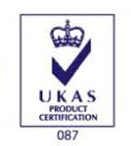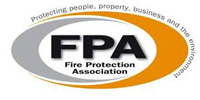WHO WE ARE
PASSIVE FIRE PROTECTION SERVICES
Whatever the nature of your building, our aim is to provide our clients with an efficient and cost-effective products and services which exceed all their expectations. Our passive fire prevention services simply provide a total solution which entails one point of contact that is available throughout the year 24/7.


WHY CHOOSE US
Reasons Why You
should Choose Us
should Choose Us
AREAS WHAT WE SERVE
Best Practices
from Industry Experts
from Industry Experts
Why Choose us!
Our Approach
Over the years, we have helped many organisations and businesses of all sizes with their fire protection needs and our friendly knowledgeable staff are ready and waiting to help you too!










Get a Free Consultancy
RECENT NEWS
Our Latest Insights















